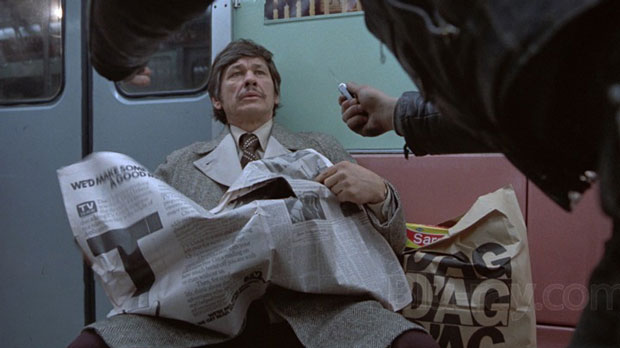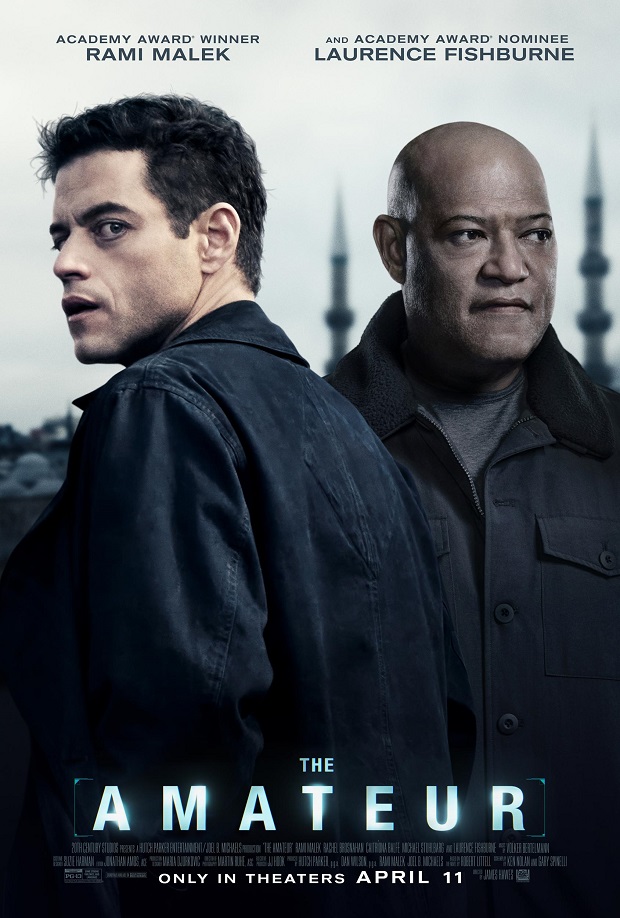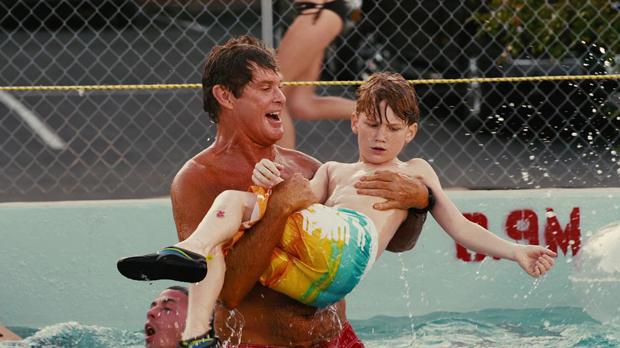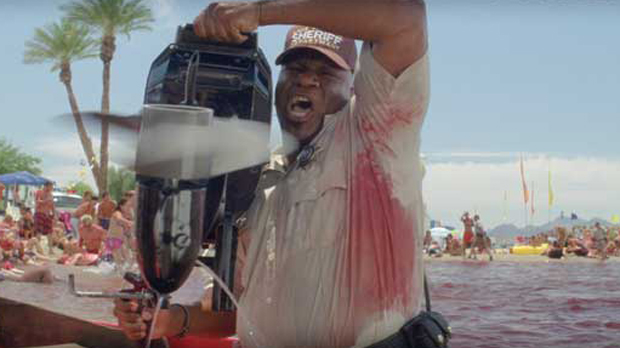 Death Wish (1974) Paramount Pictures/Action-Drama RT: 93 minutes Rated R (language, strong violence, rape, nudity) Director: Michael Winner Screenplay: Wendell Mayes Music: Herbie Hancock Cinematography: Arthur J. Ornitz Release date: July 24, 1974 (US) Cast: Charles Bronson, Hope Lange, Vincent Gardenia, Steven Keats, William Redfield, Stuart Margolin, Stephen Elliott, Kathleen Tolan, Jack Wallace, Fred J. Scollay, Chris Gampel, Robert Kya-Hill, Christopher Guest, Jeff Goldblum, Olympia Dukakis, Paul Dooley, Helen Martin. Box Office: $22 million (US)
Death Wish (1974) Paramount Pictures/Action-Drama RT: 93 minutes Rated R (language, strong violence, rape, nudity) Director: Michael Winner Screenplay: Wendell Mayes Music: Herbie Hancock Cinematography: Arthur J. Ornitz Release date: July 24, 1974 (US) Cast: Charles Bronson, Hope Lange, Vincent Gardenia, Steven Keats, William Redfield, Stuart Margolin, Stephen Elliott, Kathleen Tolan, Jack Wallace, Fred J. Scollay, Chris Gampel, Robert Kya-Hill, Christopher Guest, Jeff Goldblum, Olympia Dukakis, Paul Dooley, Helen Martin. Box Office: $22 million (US)
Rating: ****
Here’s the one that started it all! I saw Death Wish for the first time on network TV when I was 13 at my father’s urging. It was the first time I saw Charles Bronson in anything. Two things happened that night. One, I became a Bronson fan, Two, I became a vigilante movie fan.
When Death Wish was originally released in ’74, it really touched a nerve with the American public due to the rapidly increasing crime rate in big cities. Audiences loved it because of how it showed one man doing what the legal system could not. Namely, he punished criminals in such a way that they’d never commit another crime. Paul Kersey (Bronson) acted as judge, jury and executioner. Naturally, critics and criminal rights activists denounced it because it promoted vigilantism as a solution to the crime problem. Perhaps it does, but there’s no denying the vicarious satisfaction in seeing Bronson gun down assorted creeps and scumbags. In fact, it’s freaking awesome! It’s just too bad that he doesn’t kill the creeps that started him on his path of vengeance.
When we first meet Kersey, he’s something of a bleeding-heart liberal in that he believes people should be more understanding of those underprivileged people that commit violent crimes. That all changes when the violence directly affects him. A trio of muggers, including a young Jeff Goldblum, follows his wife Joanna (Lange, Blue Velvet) and daughter Carol (Tolan, The Rosary Murders) home from the local market. Posing as delivery boys, they barge into their apartment and do unthinkable things to them. They beat Joanna to death and rape Carol.
Paul’s grief isn’t lessened any by the police telling him that there’s little chance they’ll ever catch the criminals. He takes an extended business trip to Tucson to assist in the planning of a new residential development (he’s an architect). It’s there that we learn more about Paul, like that he was a CO (conscientious objector) during the Korean War and has an excellent working knowledge of firearms thanks to his father. He concludes his business and returns to New York where he learns that his daughter’s condition has worsened to the point of catatonia. He and his son-in-law Jack (Keats, Turk 182!) are forced to commit her to a psychiatric hospital.
Given all that’s happened, it’s completely understandable why Kersey is angry. As luck would have it, the client in Arizona gifted him with a pistol. Specifically, a .32 Colt Police Positive revolver. He begins his one-man crusade by killing a guy that tries to mug him. It isn’t until he guns down three muggers the following night that the police realize they have a vigilante on their hands. In charge of the investigation is Lt. Frank Ochoa (Gardenia, Moonstruck). Since the action takes place before the computer age, narrowing down a list of suspects will take a lot of time, effort and manpower.
Once the deeds of “The Vigilante” (as he’s known in the press) are made public, he becomes a hero. The public rallies behind him while the politicians and police officials aren’t so sure they want to apprehend him. The crime rate has gone down and they’d like to keep it that way. Meanwhile, Kersey continues to kill muggers as the police close in. Ochoa would like to arrest him, but his superiors have other ideas. In short, they order him to tell Kersey to leave the city. An arrest would be political suicide and the crime rate would rise again.
Because Death Wish has been around for 40 years, you probably already know how it ends. I won’t reveal the ending as a courtesy to those that haven’t seen it yet, but I will remind you that it generated four sequels.
Directed by Michael Winner (The Mechanic, The Stone Killer), it’s both an excellent, thought-provoking piece AND an awesome kick-ass action flick. It sparked nationwide debates over vigilantism and the state of law enforcement. People were also shocked by the brutal violence depicted in Death Wish. The rape scene is still difficult to watch. Some were turned off by the idea of taking the law into one’s own hands. Me, I think it’s cool!
Bronson is terrific in the role. It’s also the only time in one of these movies that he delivers an actual performance. He handles his character’s transformation from bleeding-heart liberal to cold-blooded killer very well. He’s also a real bad ass! That’s what the audience has come to see and they won’t be let down.
The screenplay by Wendell Mayes is solid; the story is well-told and exciting. The jazzy score by Herbie Hancock is a real asset. It really adds to the gritty tone of the movie. The best parts of Death Wish are the scenes in which Bronson metes out his brand of justice to muggers. My favorite is the subway scene in which Kersey blows away two dirtbags then calmly exits at the next stop. I love stuff like that. This movie totally kicks ass! In the end, that’s what really counts when it comes to a Charles Bronson flick.




